 1802 - 1835
neo-classical
1802 - 1835
neo-classical
Description George Philip Reinagle
George Philip Reinagle, born on February 22, 1802, in Portsmouth, England, left an indelible mark on 19th-century British art through his versatile and prolific career. A scion of the renowned Reinagle artistic dynasty, George Philip inherited a legacy of artistic excellence.
Initially trained by his father, Ramsay Richard Reinagle, George Philip Reinagle demonstrated early promise in both portraiture and landscape painting. His artistic pursuits flourished as he ventured beyond England, capturing the diverse landscapes of Europe. The influence of continental scenes is evident in works like "Bay of Naples" and "Swiss Mountain Landscape."
Reinagle's artistic versatility extended to his expertise in animal painting. His depictions of horses, dogs, and livestock, exemplified in works like "The Bay Mare" and "The Melton Hunt," garnered acclaim for their lifelike detail and dynamic compositions. Reinagle's ability to capture the spirit and anatomy of animals solidified his reputation as a leading animalier.
Apart from his artistic contributions, Reinagle was an active member of the Royal Academy of Arts, exhibiting regularly and earning accolades for his meticulous craftsmanship. His commitment to the art world also led to his appointment as the head of the animal painting department at the British Institution.
A testament to Reinagle's enduring legacy lies in his impact on art education. As a dedicated teacher at the Royal Academy, he influenced aspiring artists, leaving an imprint on the next generation. His commitment to the transmission of artistic knowledge complemented his role as an artist, contributing to the cultural tapestry of 19th-century Britain.
George Philip Reinagle passed away on November 8, 1835, leaving behind a body of work that spans portraiture, landscape, and animal painting. His ability to seamlessly navigate diverse genres, coupled with his dedication to artistic education, ensures his place as a versatile and influential figure in the British art scene of the 19th century.
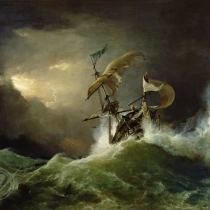
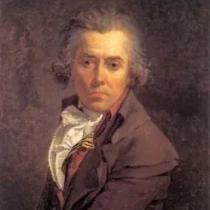
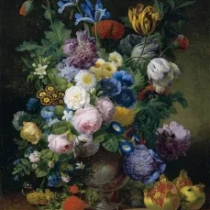
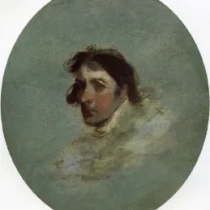
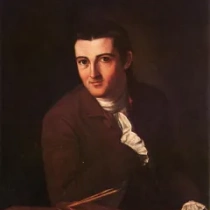
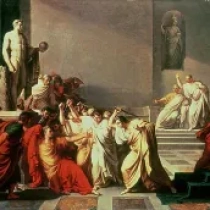
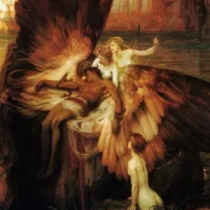
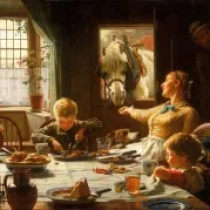
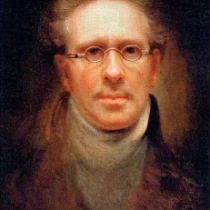

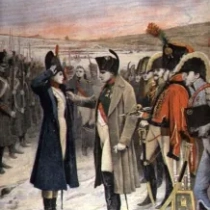
No Comments Yet...